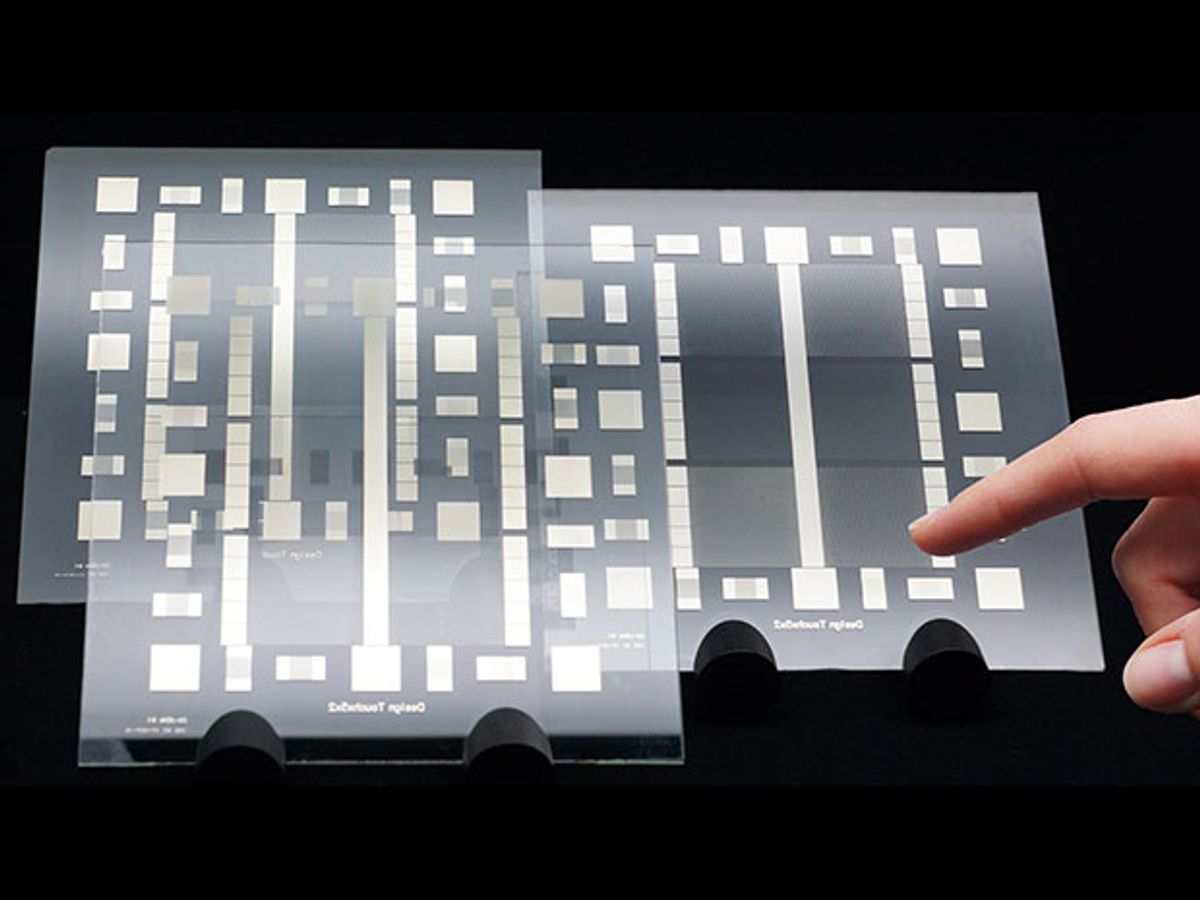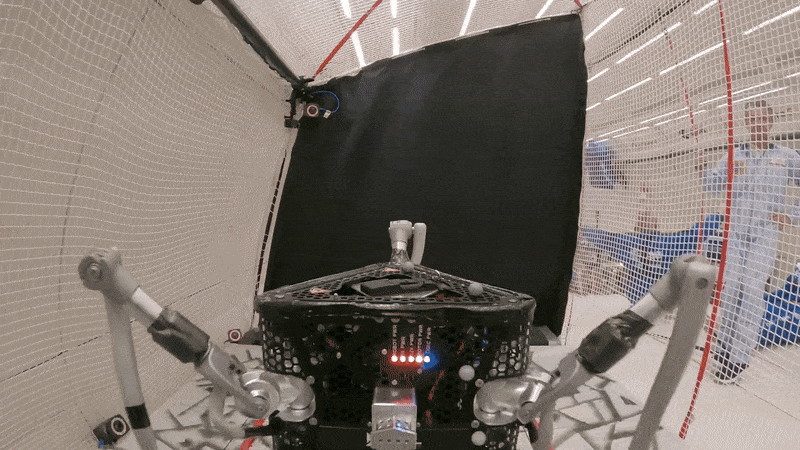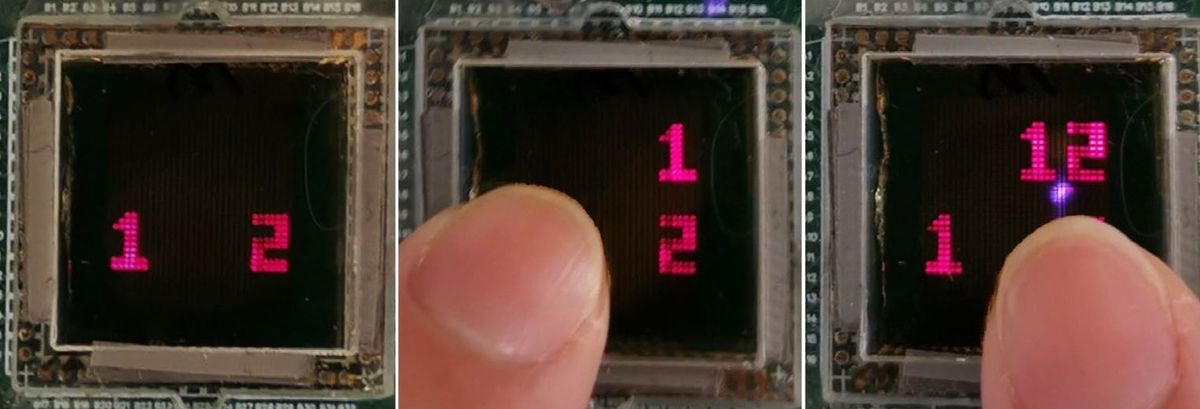Touchscreen displays have two types of conductor paths that enable a finger tap or swipe to trigger some response. There are those that cover the display so that when a finger passes over them, they open and close circuits. Then there are the larger conductor paths that are on the edges of the display, where all the smaller ones converge.
This design has always required a multiple-step manufacturing process that has made production costs high. Now researchers at the Leibniz Institute for New Materials (INM) in Germany have developed a one-step process for producing both of these conductor paths that should dramatically reduce manufacturing costs for touchscreen displays.
While the IMN researchers have not yet published a paper on their research, they will be presenting the results of their work at the Hannover Messe exhibition in Germany later this month.
The key to this one-step process is a technique known as photochemical metallization. In this method, a photoactive layer that undergoes a chemical reaction when in the presence of sunlight or UV light is used. This photoactive layer, which is made up of metal oxide nanoparticles, is overlaid with a silver compound layer that remains stable in UV light.
When irradiated with UV light, the silver layer disintegrates into the photoactive layer so that the silver ions are reduced to form metallic, electrically conductive silver.
Once the electrically conductive silver is produced it can be deposited onto either glass or plastic to form conductive paths or other structures. These paths, which can be as small as a thousandth of a millimeter, are irradiated again with UV light to create corresponding conductive paths.
There are three of different ways that the conductive paths can be produced, according to Peter William de Oliveira, Head of Optical Materials at IMN. However, thus far the researchers have only used one method: UV lasers, which is fine for prototype manufacturing and testing. However, de Oliveira concedes that this approach is too time consuming for mass production.
Another approach the researchers are considering calls for placing photomasks over the silver-photoactive layers so that the UV light can pass only at the desired positions.
The third method, say the researchers, involves something called “transparent stamps”
“These stamps push out the silver compound mechanically; conductive paths then only occur where there is still silver compound,” de Oliveira said in a press release.
The advantage of this approach is that the stamps are made of a soft plastic that can be arranged into a roll, enabling roll-to-roll manufacturing. The IMN team is now pursuing this avenue by developing a way to embed the UV source directly into the roll.
Dexter Johnson is a contributing editor at IEEE Spectrum, with a focus on nanotechnology.



